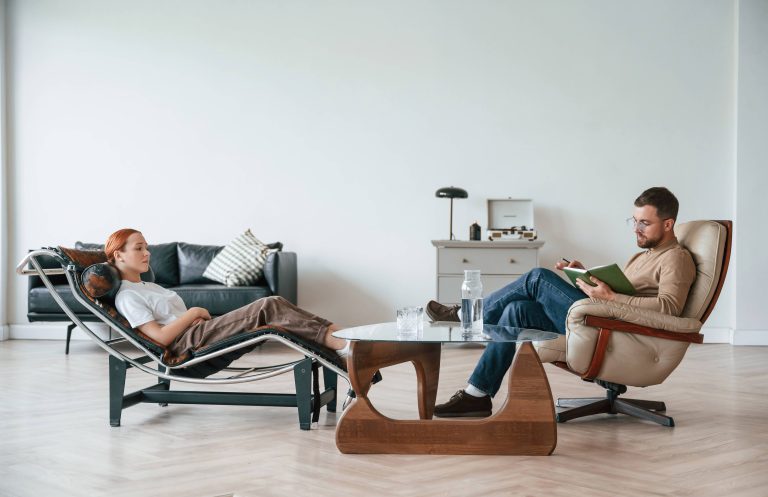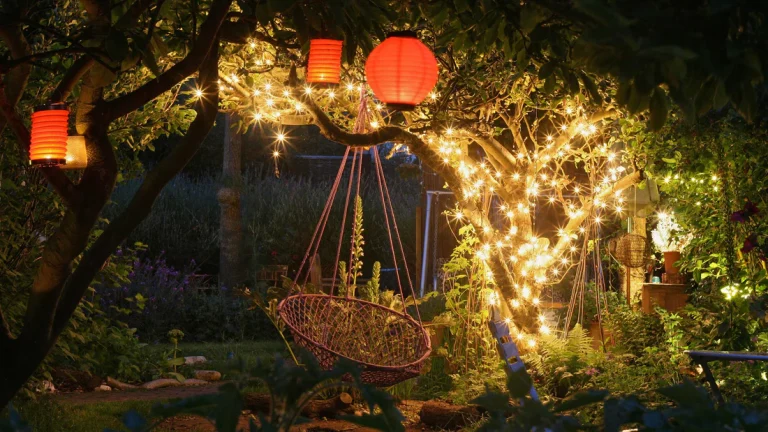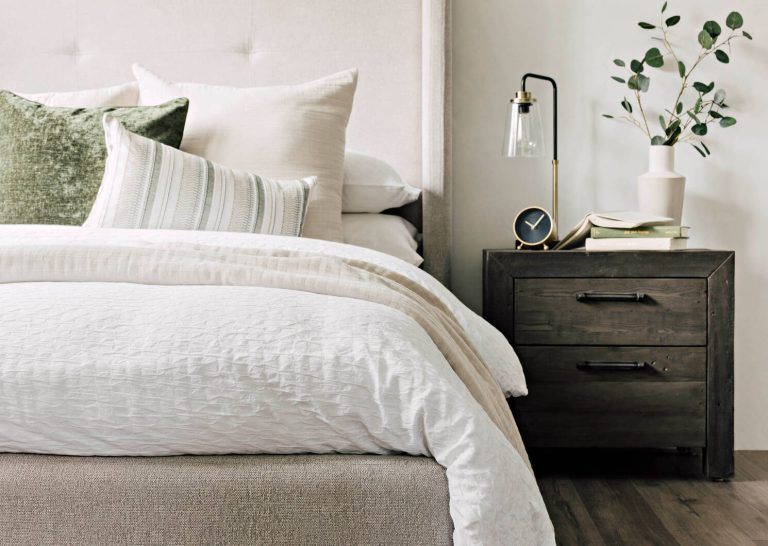
If you’re keen on transforming your home with DIY projects, creating a basic entryway bench can be a rewarding endeavor. Not only does it serve a functional purpose but it can also add a touch of charm and personality to your entryway. A bench can provide a convenient spot for slipping on shoes, organizing bags or just adding décor flair to your home. Let’s dive into how you can build a simple yet stylish entryway bench that will fit seamlessly into your home.
Planning Your Project
Before you hammer in the first nail or cut the first piece of wood, it’s essential to have a clear plan in place. Here’s a checklist to guide you:
1. Assess the Space: Measure the area where you intend to place the bench. Consider its length, width, and height to ensure that it fits proportionally in your space.
2. Determine the Functionality: Will your bench be purely decorative or do you need storage? This will influence the design and materials you choose.
3. Choose Your Materials: The type of wood you choose will affect the durability and appearance of the bench. Common choices include pine for its affordability, hardwood like oak or maple for durability, or reclaimed wood for a rustic look.
4. Design Your Bench: Decide on the style—whether you want something traditional with ornate legs or a more contemporary minimalist design. You can sketch your design or find inspiration from online platforms and home improvement magazines.
5. Gather Your Tools and Materials: You will need basic tools such as a saw (hand or power), drill, measuring tape, wood screws, wood glue, and a sander. For materials, ensure you have wood for the structure, sandpaper, wood finish or paint, and any additional hardware like hinges if you plan to add a flip-top for storage.
Building the Bench
Step 1: Cut the Wood
Using your measurements, start cutting your wood to size. For a basic bench, you will need:
– Two pieces for the top: one as the seat and the other for any back support.
– Four legs: Ensuring they’re all equal length for balance.
– Two side panels: to add stability.
Make sure you sand down all edges after cutting to prevent any splinters and to give a smooth finish.
Step 2: Assemble the Frame
Begin by constructing the frame of your bench. Attach the legs to the longer panels using wood glue and screws. Ensure joints are square for a sturdy structure. It’s crucial to check and double-check alignments as you fasten pieces together. Depending on your design, this might also be the time to add any under-seat storage support.
Step 3: Secure the Seat Top
Once the base is sturdy, attach the top piece—this will act as the seat. For added strength, wood glue should be applied before screwing it down. Use clamps to hold the seat in place as it dries. If you’re adding a back panel, follow the same procedure to attach it securely.
Step 4: Add Finishing Touches
After ensuring everything is attached securely, give the entire bench another sanding. Focus on smoothing edges and surfaces, enhancing the comfort for anyone using the bench.
Now, it’s time for the finish. This is an excellent opportunity to match the bench with your interior. You may choose to paint it in a vibrant color as an accent piece or stain the wood to bring out its natural beauty. A sealant will also protect the wood, especially relevant in high-traffic areas like an entryway.
Step 5: Add Functional Features (Optional)
If you decided on a storage bench, now’s the time to install any necessary hardware, such as hinges for a flip-top seat. Consider adding cushions or pillows for added comfort and style.
Styling Your Entryway Bench
A beautifully handcrafted bench deserves to be showcased. Here are several ideas to style your entryway:
– Textiles: Add color and warmth by placing a cushion or a folded throw blanket on top.
– Storage Baskets or Boxes: Slide baskets under the bench or use an internal storage compartment for organization with style, keeping shoes, gloves, and scarves within arm’s reach.
– Decorative Accents: Enhance the area with a wall-mounted mirror above the bench or a sleek coat rack for a complete entryway look.
– Greenery: A small potted plant or fresh flowers on a nearby table can add a touch of nature, livening up the space.
Conclusion
Building a basic entryway bench is an impressive project that can be tackled by even the most novice DIYer. It’s a relatively simple way to enhance the functionality and aesthetics of your home. As with any home improvement project, careful planning and execution are key, so take your time with each step and enjoy the process of honing your skills. Once completed, your handmade bench will not only serve as a functional piece but also as a testament to your creativity and craftsmanship. Happy building!













